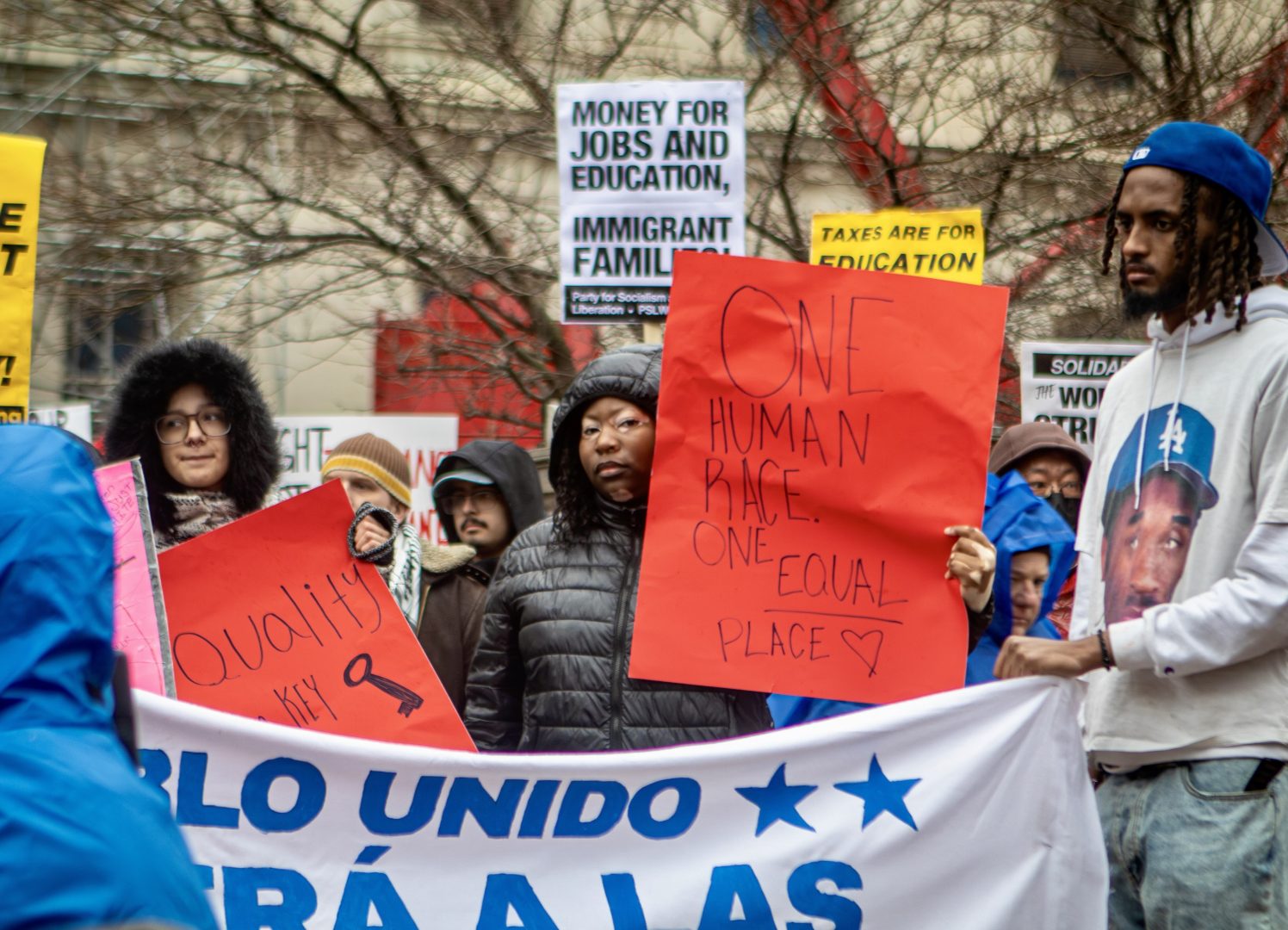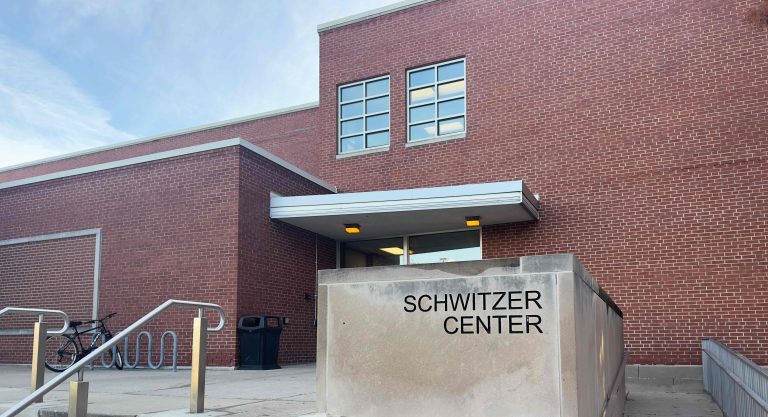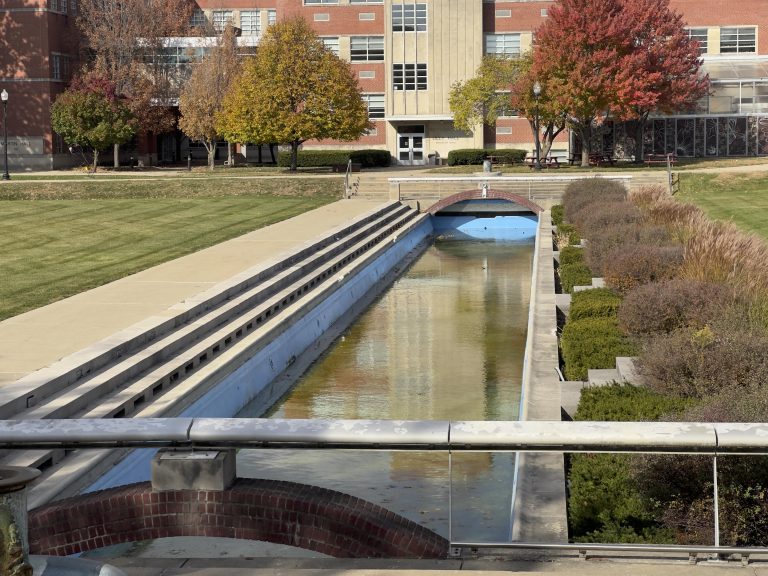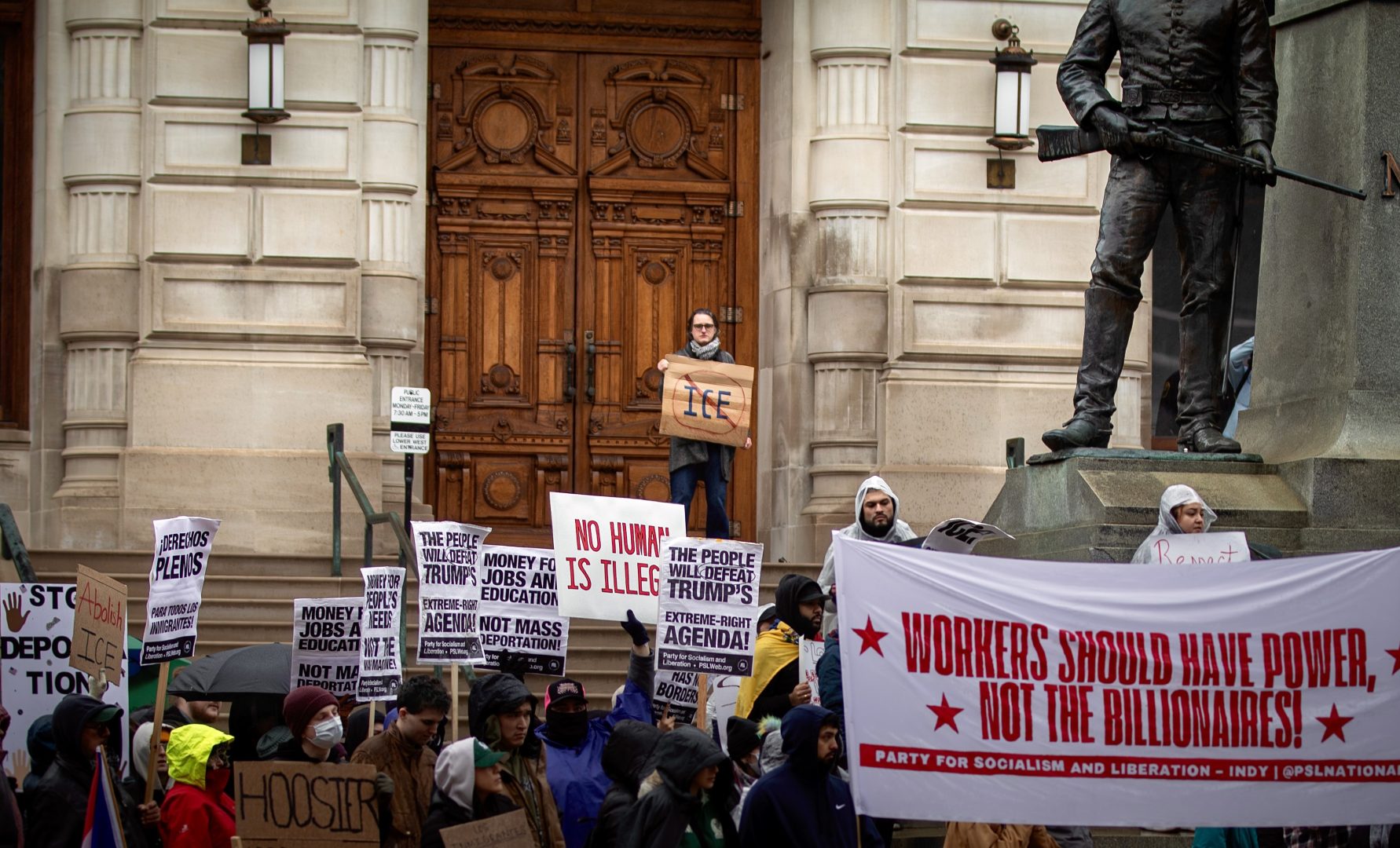
An executive order signed Jan. 20 by President Donald Trump states it is the policy of the United States to execute its immigration laws against all “inadmissible and removable aliens.”
According to the order, the Biden-Harris administration “invited, administered and oversaw” an unprecedented number of illegal immigrants entering the country. Trump has made immigration one of the focal points of his administration since his campaign and has followed through with actions such as the “Protecting the American People Against Invasion” executive order.
UIndy Chief of Police and Director of Public Safety Brandon Pate said any officer would need a warrant to arrest someone, and U.S. Immigration and Customs Enforcement has already stated it will be prioritizing the arrests of undocumented people with a criminal background. Additionally, he said one of the most important things to know about ICE “raids” is that an individual’s rights do not change in the presence of law enforcement officers.
“There’s no pause on your rights, and there’s no restriction of your rights,” Pate said. “If they’re going to ask you questions, they need a reason to be doing so, and if they’re going to detain you, they have to have a warrant to detain you. But they’re not going to come do that and bypass our police department or bypass our General Counsel.”
Section five of the order states that the Attorney General must prioritize the prosecution of criminal offenses related to unauthorized immigration into the U.S. According to ICE, approximately 25% of the people they removed from the U.S. had an existing criminal charge against them, and an additional 7.5% had pending charges.
Acting Secretary of the Department of Homeland Security Benjamine Huffman issued a directive Jan. 21 that allows ICE and Customs and Border Patrol to make arrests in formerly designated “sensitive locations” such as schools and churches, according to AP News. Although this overturns guidance ICE and CBP have given as far back as 2011 and 2013 about immigration enforcement, the DHS said in a statement that this action “empowers the brave men and women in CBP and ICE to enforce our immigration laws and catch criminal aliens …,” according to AP News.
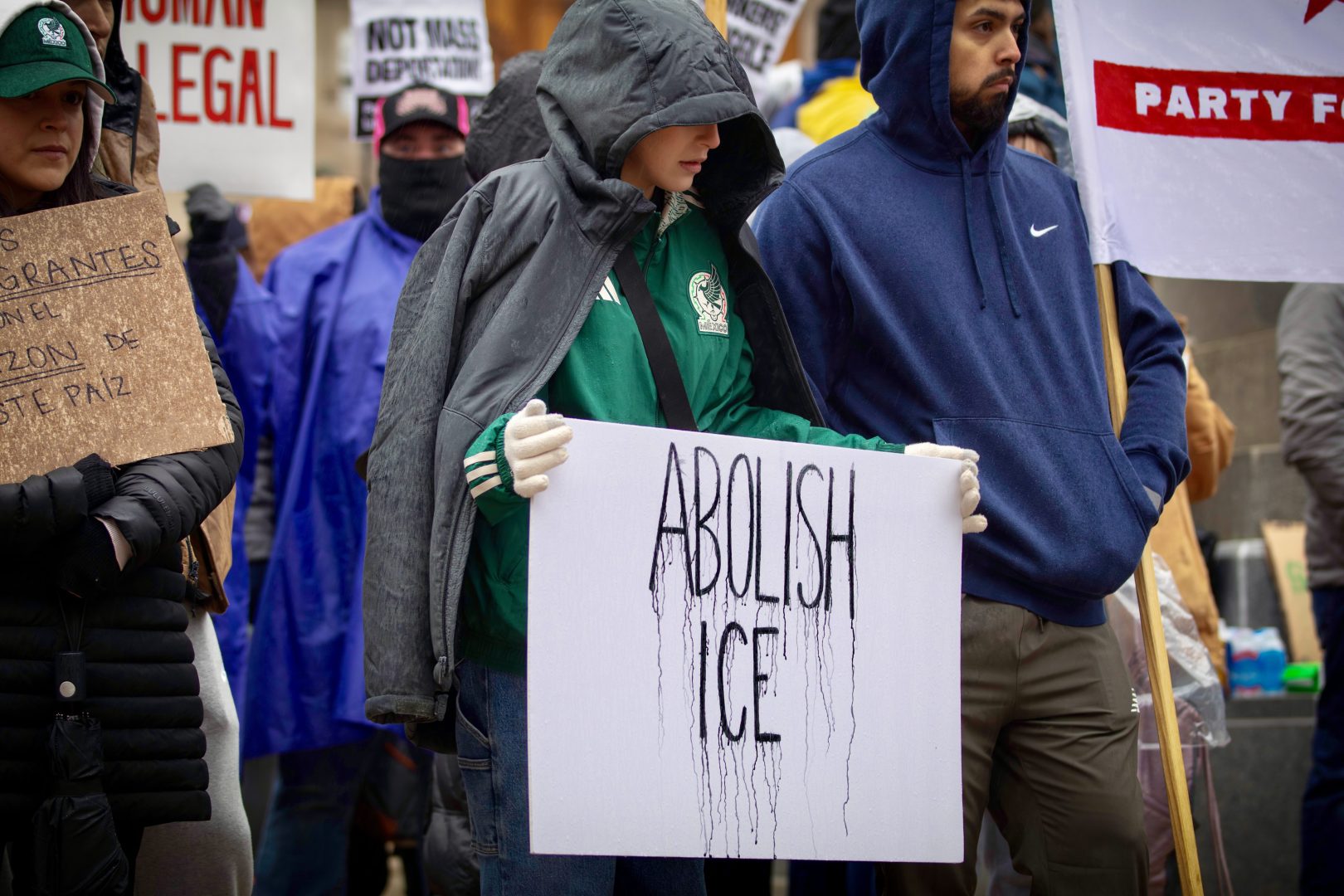
The National Immigration Law Center says immigration agents are only allowed to enter a private area if they have a judicial warrant that has been signed by a judge or they are given permission to. Pate said private spaces on campus include dorm buildings, but immigration agents, like anyone, could enter public spaces like Krannert Memorial Library. Although ICE or CBP could enter a public space, the National Immigration Law Center says that does not give them the authority to stop, question or arrest anyone without a warrant.
“That’s been the case and will always be the case, that law enforcement can’t just come up to you and ask you your immigration status,” Pate said. “This process has always existed ….”
In addition to ICE or CBP being present in public spaces, Pate pointed out that ICE interacts with the University of Indianapolis regularly to review records regarding visas for international students, faculty and staff. In an email sent to faculty, UIPD said its officers would only assist ICE officers in enforcing a valid criminal warrant.
Pate said if an officer had a warrant for someone at UIndy they would have to go through the police department directly. He said anyone who may encounter ICE officers at UIndy should immediately call him or UIndy’s general counsel, Cyndi Carrasco.
“We benefit greatly from the fact that we have a police department in the university,” Pate said. “Their first stop is always going to be to my office, they’re going to come and say, ‘Hey, we’ve got this warrant, or we have this concern, we need to check out this person, or we believe this person may be here.’ If someone from federal law enforcement were to just come on campus and say, ‘Hey, we’re looking for XYZ,’ they need to be directed back to the police department or to our General Counsel.”
Anyone who sees or interacts with ICE on UIndy’s campus should call Pate at 317-788-3386 or UIndy’s General Counsel Cyndi Carrasco at 317-791-5611. Pate said people can also make reports on the Rave Guardian app, which UIPD has recently started using as an alternate means to contact them 24/7 for non-emergency situations.
